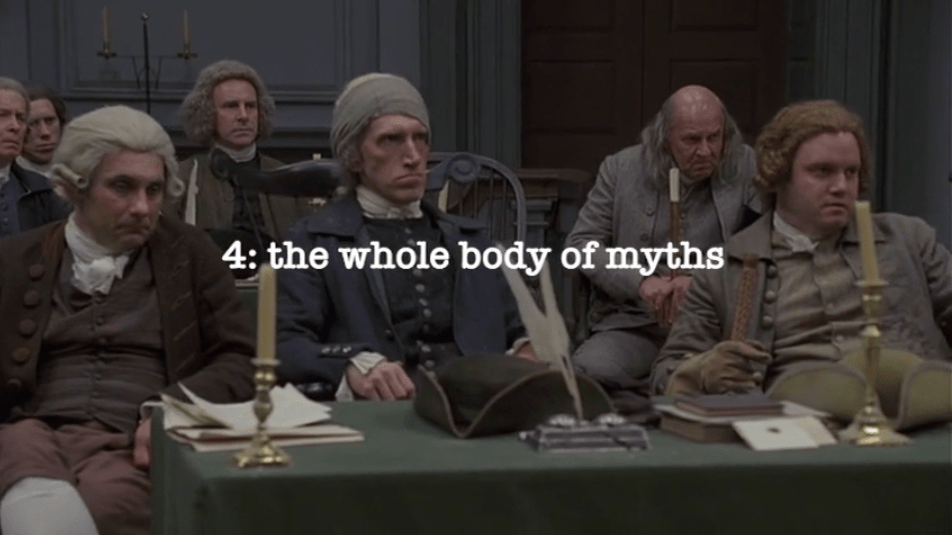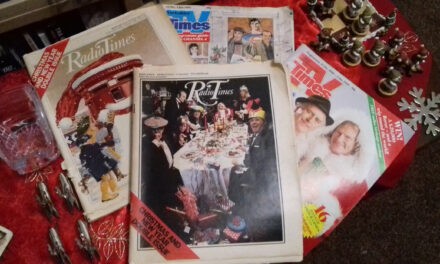Among the most difficult aspects of videographic criticism is getting started. Often prospective essayists will see a piece of videographic criticism online and feel inspired to make, only to then realize the hurdles presented by the act of creating: sourcing clips, purchasing software, finding time, learning an editing program, the list goes on. And all of this comes only after spending hours tinkering with an idea for a video in one’s own head.
Yet, there exists online a rich community of practice committed to helping anyone interested in videographic criticism find a way to dip their feet and get in on the action. Examples include the videographic exercises created by Christian Keathley, Jason Mittell, and Catherine Grant, detailed in the open-access book The Videographic Essay. As an undergraduate student, these exercises helped me, a nervous first-time video essayist, become acquainted with the form. And Grant, a leader in the field, has discussed how a blog-a-thon in tribute to Claude Chabrol prompted the creation of her first video essay.
As the host of The Video Essay Podcast, I have seen firsthand the ways in which such prompts facilitate the process of making. At the outset of the pandemic, I assigned the Keathley-Mittell-Grant exercises to podcast listeners as “homework.” The prompt yielded the creation of 70 different videos by new and experienced video essayists. In both private messages and for a public episode of the podcast, creators reflected on the catharsis of making video essays in such a fraught time, the sense of community it created, and the excitement of having a semi-structured way of creating their first video(s).
I say all of this to paint a picture of the video essay ecosystem in which Ariel Avissar’s TV Dictionary has entered. The project fits well into this tradition, and also offers an exciting evolution for prompt-based, collaborative projects. The effects of this project, as already detailed on this blog, will be felt in the community in the months and years ahead.
The TV Dictionary brings together a mix of seasoned video essayists and first-time creators. The prompt invites both straightforward, epigraphic video essays: taking a definition and placing it over an unedited sequence. And more imaginative approaches that require more editing and play with form. The prompt itself addresses some of the aforementioned barriers to creation, namely proficiency in an editing software and the labor of creation.
While I have made video essays in the past, I am not the sleekest editor. Naturally, this means my videos often take a long time to appear (at least to me) passable. And so, the prospect of contributing to the TV Dictionary, for which I could create a video in a relatively little amount of time, was very appealing. Participating in the project initiated a series of unintended, useful effects that have shaped how I think about my object of study.
urlurldetect_provider_and_id_from_url method needs url.
For the dictionary, my video centered on the HBO Miniseries John Adams. Directed by Tom Hooper and based on the Pulitzer Prize-winning biography by David McCullough, the series stars Paul Giamatti in the titular role, as well as Laura Linney, Stephen Dillane, David Morse, and Tom Wilkinson. The seven-part series won critical and popular acclaim in the wake of its release in 2008.
I maintain an interest in moving image depictions of the American Revolutionary period, the deification of the country’s so-called “Founding Fathers,” and contemporary “culture wars” over the nation’s history. Adams himself represents an interesting case study. Very simply put: while he is far less celebrated than his contemporaries in the public space (monuments, museums, etc.), two of the most significant moving image depictions of the Revolutionary period, John Adams and the 1972 movie adaptation of the Tony-winning musical, 1776, feature him as the central protagonist. What might this disjunction tell us about the process of American myth-making?
Now is not the time to answer that question (not that I have a grand answer!). But I share an abbreviated version of my thinking on this topic as a preface to the video, which is very simple in form. My goal was to try and capture my interest in the broadest possible terms: how do moving image depictions perpetuate the myths of the country’s so-called founding?
For the video, I took the Merriam-Webster definition of “myth” and paired it with an overly-dramatic scene of delegates voting to adopt the Declaration of Independence. The unanimous vote is accompanied by a score that captures the high emotion of the moment. A country has been “founded” and Adams’s long struggle to secure the votes ends in triumph.
The most difficult part of making the video was deciding the on screen duration and placement for each of the four definitions. As those who have made video essays will know, sometimes, poetic gestures seemingly appear of their own volition. Not until I began editing did I realize the end of the sequence, which features a pan over all the delegates, pairs perfectly with the dictionary’s final definition: “the whole body of myths.”
One of the mantras of the Middlebury Scholarship in Sound & Image Workshop, where Mittell, Keathley, and Grant assign the exercises, is “make first, think later.” Often, we learn just as much from watching our own videos as we do from the process of making. This was absolutely the case for my contribution to the TV Dictionary.
On its own, the sequence I chose probably could not be classified as a myth. There was a vote to adopt the Declaration of Independence, and it was unanimous. However, in watching the video, I realized the myth(s) was found not in the content, but in the mood and tone evoked by the form of the miniseries. The music, the reaction shots, and the performances each feed into the deification of these men and the aftershocks of this event in American life. The video left me wondering: what do myths feel like?
Nearly a year after making this video, I am no closer to an answer. But I certainly enjoy thinking about it. And should I ever return to my interest in depictions of the American Revolution, this question will be at the forefront of my mind.
Such new questions and avenues for research are often raised through the process of tinkering with a moving image object in this way, even if it doesn’t result in a finished “product.” As those engaged in this practice know, nearly all work, whether written or audiovisual, will benefit from the process of thinking through a topic or media object by way of the videographic.
To close, I recommend watching the following entry by Jemma Saunders, who pairs the word “care” with The Great Pottery Throw Down:
urlurldetect_provider_and_id_from_url method needs url.
Will DiGravio is a critic, researcher, and podcaster based in New York City. Since 2019, he has hosted The Video Essay Podcast and writes the regular newsletter Notes on Videographic Criticism. He has screened and lectured about video essays at conferences, festivals, and universities throughout the United States and Europe. He holds an MPhil from the Centre for Film & Screen at the University of Cambridge. Follow him on Twitter @willdigravio.







